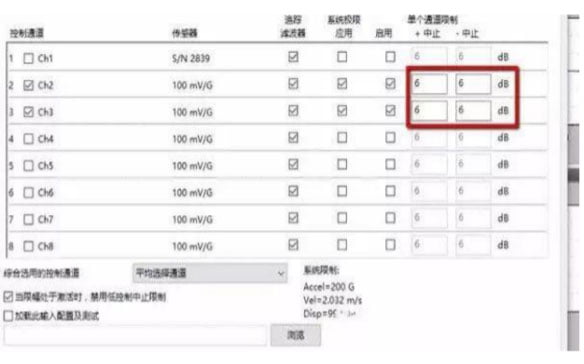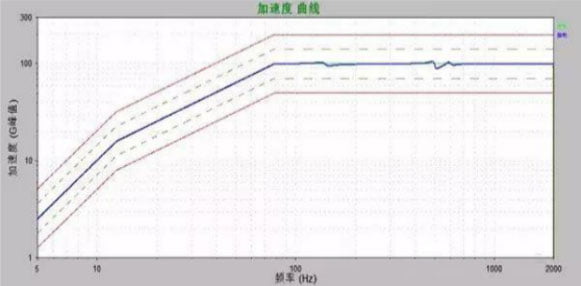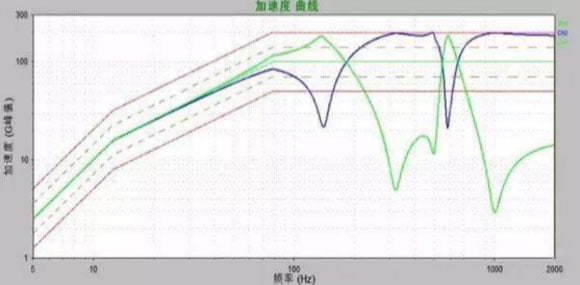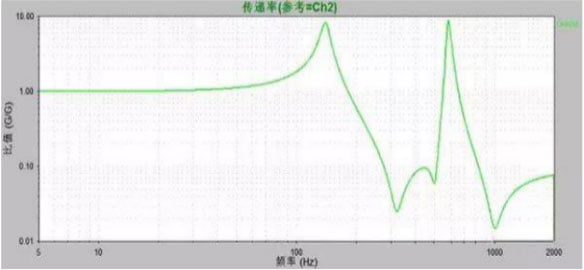In electrodynamic vibration testing, many parameters may seem insignificant on the surface, but are actually critical to test results and equipment performance. These key parameters include sensor sensitivity, sampling frequency, random control DOF, power amplifier, independent channel amplitude, etc. Ignoring these details can lead to data inaccuracies that affect subsequent analysis and decision making. Therefore, in-depth understanding and attention to these parameters can significantly improve the reliability and validity of test results, and provide solid data support for equipment maintenance and fault diagnosis.
We all know that the gain of the power amplifier determines the maximum power output of the power amplifier and the magnification of the output. When the amplifier needs to output a large power, the size of the gain is important. If the gain is not large enough, the amplification ratio of the driver will be small, so that the driver will be increased greatly in the control process of the controller, which will directly cause the gain of the parameter system to become relatively large. Without this parameter, the control system will drive.
In the case of multi-channel control, this parameter is automatically enabled in the VR software, and this limit is a positive or negative stop limit for each independent channel participating in the multi-channel control. This is an easy parameter setting to overlook.

For example:The following is a sweep frequency, using two channel control, we can see that the control spectrum line is very good, many users only look at the control channel. The control lines are very good. They’re all within tolerance.

We’re looking at the effect of two separate channels.

Why is this? It is determined by the transmission relationship between the two points, and in the final analysis, it is determined by the structure of the product or the table or fixture. We can look at the transfer relationship between the two channels in terms of transmissibility.

This figure clearly shows the transfer relationship between the two control channels. We have two relatively large peaks, indicating that the absolute difference between the two channels at these two frequency points will also be large, which will inevitably lead to the tendency of the two independent channels to diverge although the control line is very good.
During the electrodynamic vibration test process, many engineers will encounter the phenomenon of sensors falling off. After the installation and debugging of the new shaking table, the general vibration shaker manufacturer will remind you that the test sensor must be fixed, and if the sensor (control sensor) suddenly falls off during the test, the power amplifier is easy to burn.
DOF degrees of freedom is a very important vibration test parameters in stochastic PSD equalization. DOF defines the number of independent frames involved in PSD equalization. The larger the value, the more PSD equalization involved, the smoother the curve, and the smaller the control tolerance.
What are the effects of excessive DOF? It’s just not real time. For example, there is sudden damage on the product, which will not be immediately reflected on the PSD curve, and it will take a period of time to slowly reflect and slowly correct the control. Therefore, the DOF should be set according to the test conditions, and should not be too high or too low.